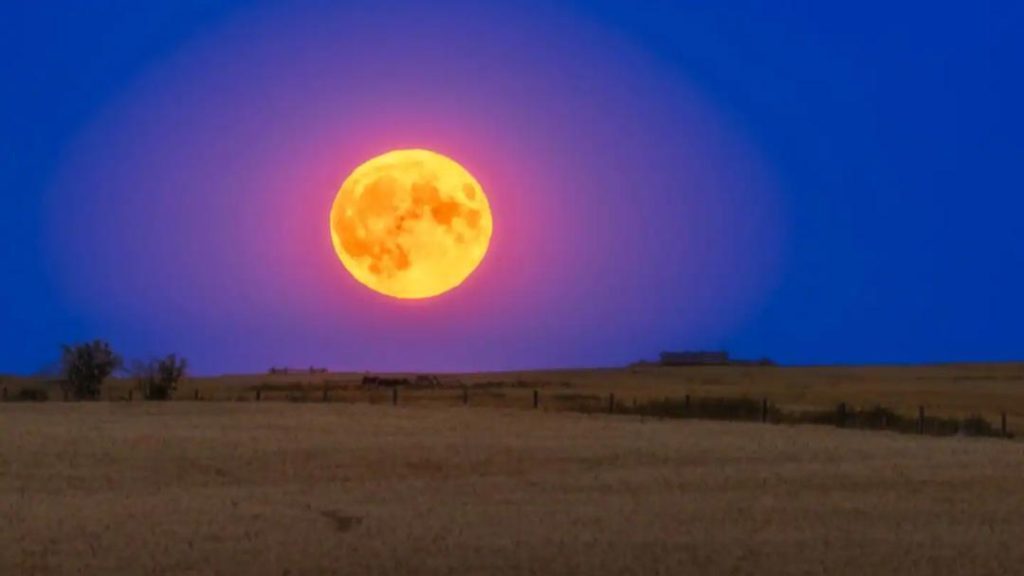
Buck Moon to Light up Skies on July 10 & 11
Get ready to witness the majestic beauty of the Buck Moon, also known as July’s full moon, as it peaks in the skies on July 10 and 11. This remarkable celestial event is a treat for stargazers and astronomers alike, and is named by Native American tribes like the Algonquin, who believed it marked the time when male deer, or bucks, began growing new antlers.
According to reports, the Buck Moon will reach its peak at 3:08 am IST (Indian Standard Time) on July 11, while in the United States, it will peak at 4:38 pm EDT (Eastern Daylight Time) on July 10. This rare celestial event is a great opportunity for people to step outside and marvel at the beauty of the night sky.
The Buck Moon is a significant event in the world of astronomy, as it marks the midpoint between the summer solstice and the autumnal equinox. It is also known for its striking appearance, with a bright yellow-orange glow that is visible from most parts of the world.
But the Buck Moon is not the only celestial attraction that stargazers can look forward to. Mars, Venus, and Saturn will be visible before and after the Moon peaks, making it a great opportunity for amateur astronomers to observe these planets up close.
For those who are interested in witnessing the Buck Moon, there are a few things to keep in mind. First and foremost, it is essential to find a location with minimal light pollution, as this can obstruct the view of the Moon and the other celestial bodies. It is also a good idea to dress warmly, as the temperature can drop significantly at night.
In addition, it is a good idea to bring along a pair of binoculars or a telescope to get a closer look at the Moon and the other celestial bodies. These tools can help stargazers to observe the finer details of the Moon’s surface, including its craters and mountains.
For those who are new to astronomy, it may be helpful to download a stargazing app on their smartphone. These apps can help stargazers to identify the different celestial bodies in the night sky, and can also provide information on their movements and positions.
In conclusion, the Buck Moon is a rare and awe-inspiring celestial event that is not to be missed. Whether you are an avid astronomer or just a casual stargazer, there is something for everyone to enjoy during this special event. So mark your calendars for July 10 and 11, and get ready to witness the beauty of the Buck Moon in all its glory.
Source:
https://www.newsbytesapp.com/news/science/buck-moon-2025-when-how-to-see-july-s-full-moon/story






